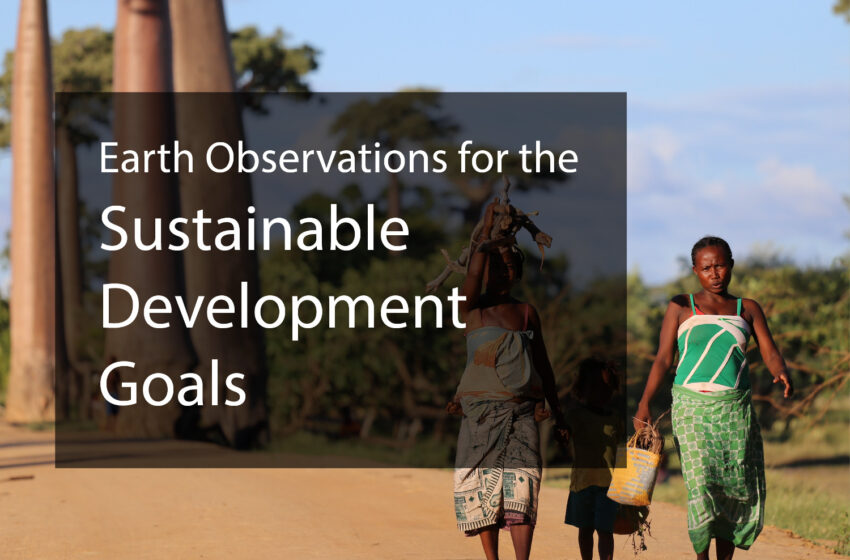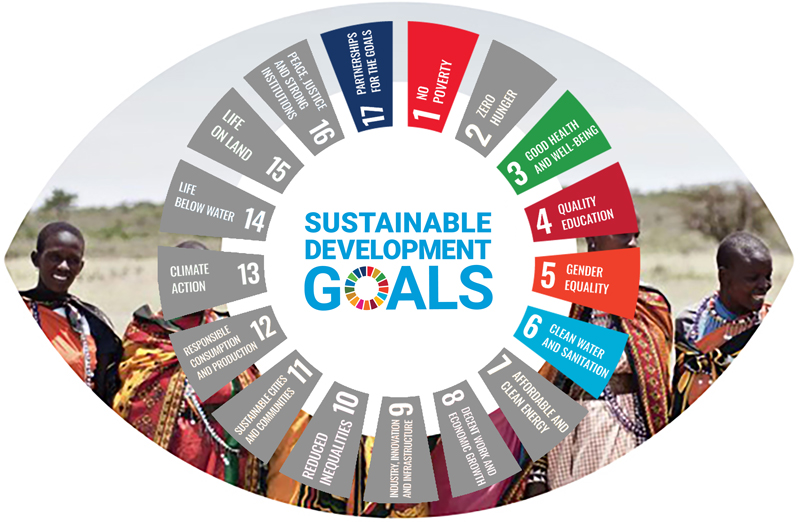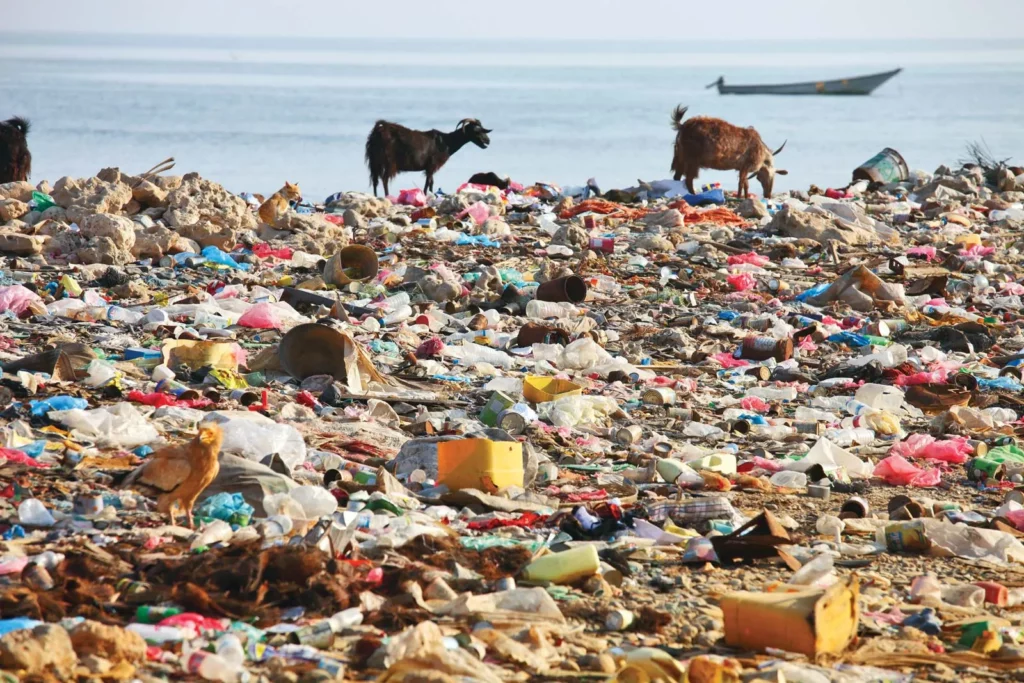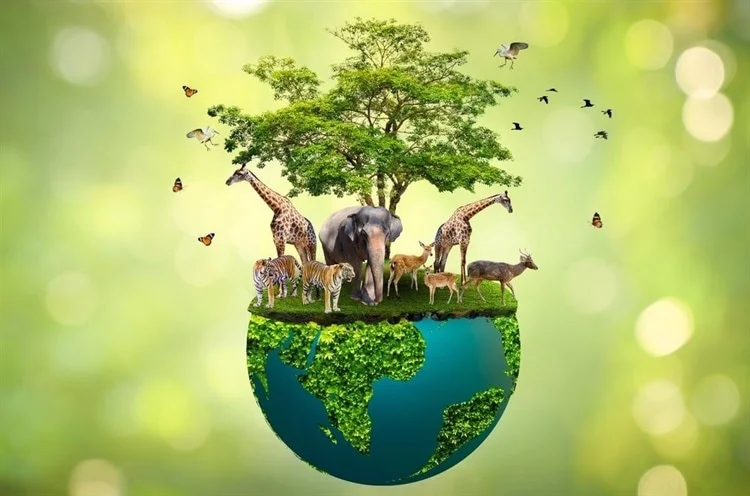What is sustainable development?

Sustainability, in the broadest sense, refers to the ability of a thing to maintain or “sustain” itself across time. Limits to sustainability are established in business and policy by physical and natural resources, environmental deterioration, and social resources. As a result, sustainable policies emphasize the long-term impact of any given policy or corporate practice on people, the economy, and the environment. The idea frequently corresponds to the conviction that unless big changes are made to the way the planet is run, it would deteriorate irreversibly. As public awareness of anthropogenic climate change, biodiversity loss, and pollution has grown, the globe has begun to embrace sustainable practices and regulations, primarily through the adoption of sustainable corporate practices and increased investments in green technology. The concept is commonly divided into three pillars: economic, environmental, and social—also known as profits, planet, and people informally. The term “economic sustainability” refers to the share of natural resources that offer physical inputs for economic production, which might include both renewable and exhaustible resources. The notion of “environmental sustainability” places a higher emphasis on the “life support systems,” such as the atmosphere or soil, that must be preserved for economic output or human existence to exist. Social sustainability, on the other hand, is concerned with the human consequences of economic systems and involves efforts to alleviate poverty and hunger, as well as to combat inequality. The World Commission on Environment and Development was established by the United Nations in 1983 to investigate the link between ecological health, economic development, and social fairness. In 1987, the panel, led by former Norwegian Prime Minister Gro Harlem Brundtland, released “Our Common Future,” a report that has since become the gold standard for defining sustainable development. Sustainable development, or the blueprint for achieving sustainability, is defined as “filling current demands without jeopardizing future generations’ ability to fulfill their own needs,” according to the report.

Business Sustainability
Business sustainability is not reducible to environmental concerns. Sustainable business practices are divided into two categories by Harvard Business School: the influence of a company on the environment and the impact of a company on society, to have a positive impact on at least one of those areas. This sense of duty motivates firms to strike a balance between long-term benefits and short-term profits to achieve inclusive and environmentally sound goals. It encompasses a wide range of different practices. Cutting emissions, lowering energy consumption, obtaining items from fair-trade organizations, and ensuring that their physical waste is disposed of appropriately and with as little carbon footprint as possible are all examples of sustainable practices. Companies have also set sustainability targets, such as a commitment to zero-waste packaging by a specific year or a percentage reduction in overall emissions. In recent years, a slew of firms has made similar sustainability claims. For example, Walmart Stores, Inc. (WMT) has committed to zero emissions by 2040, Morgan Stanley has committed to net-zero “financed emissions” by 2050, and Google has committed to carbon-free operations by 2030.
The drive for sustainability may also be seen in energy generation, where the focus has been on finding new deposits to keep up with the depletion of existing reserves. For example, some electrical companies now announce publicly their goals for energy generation from renewable sources, including wind, hydropower, and solar.



